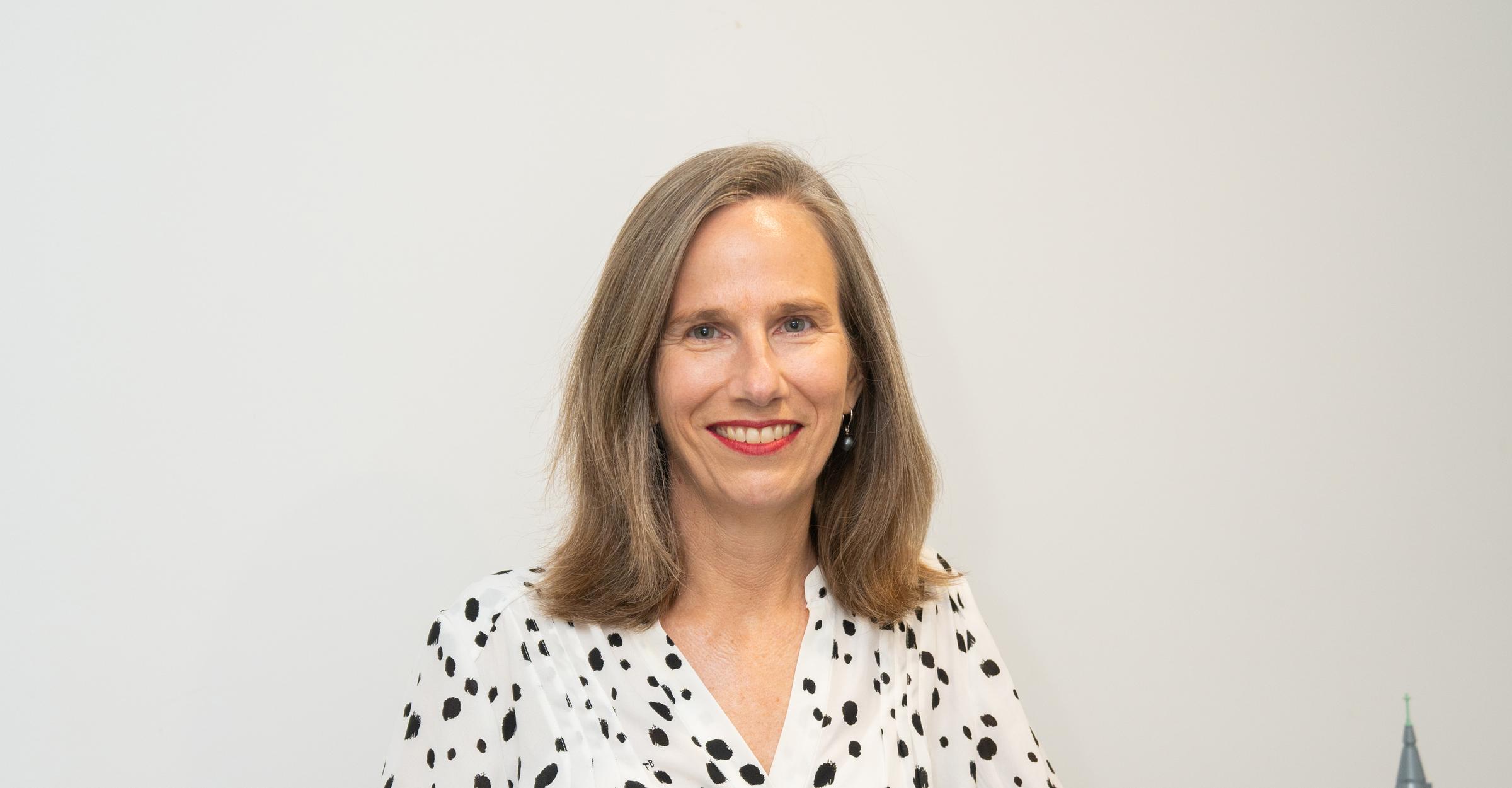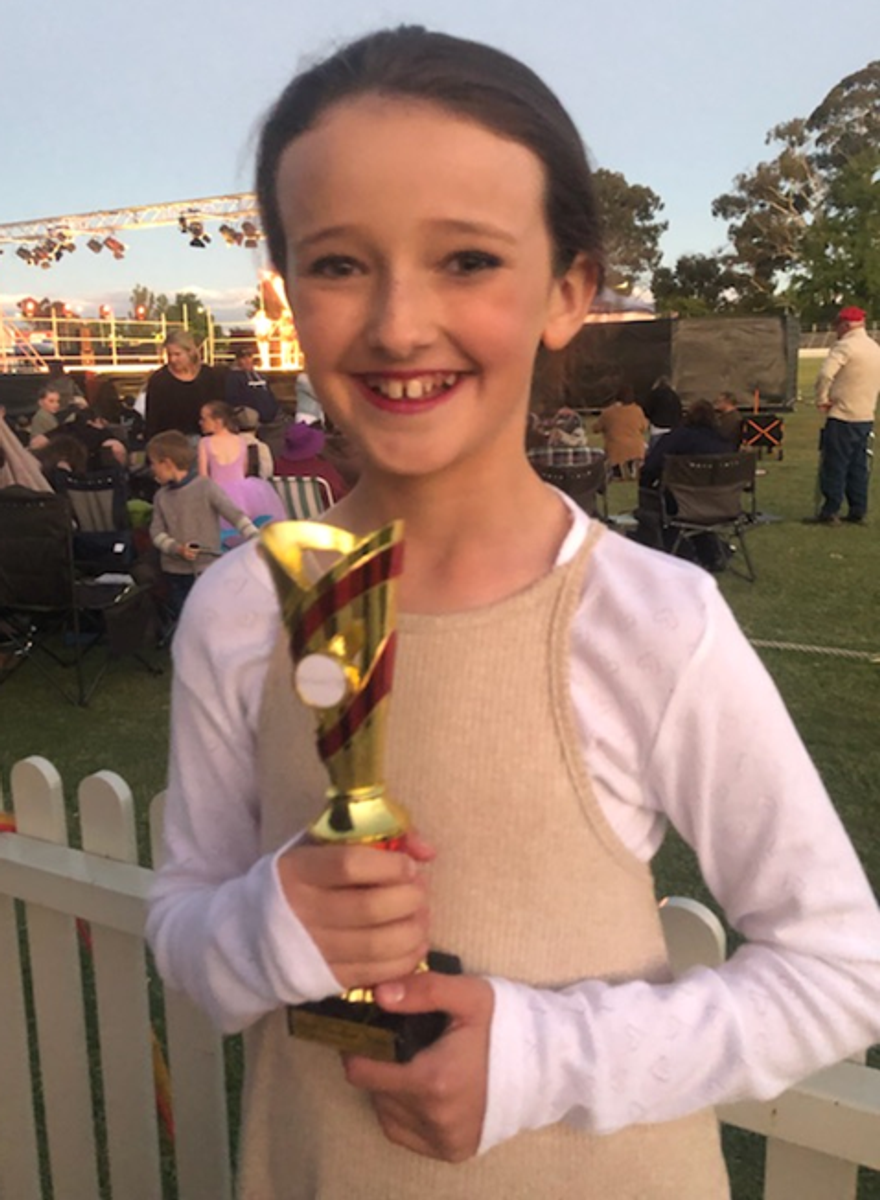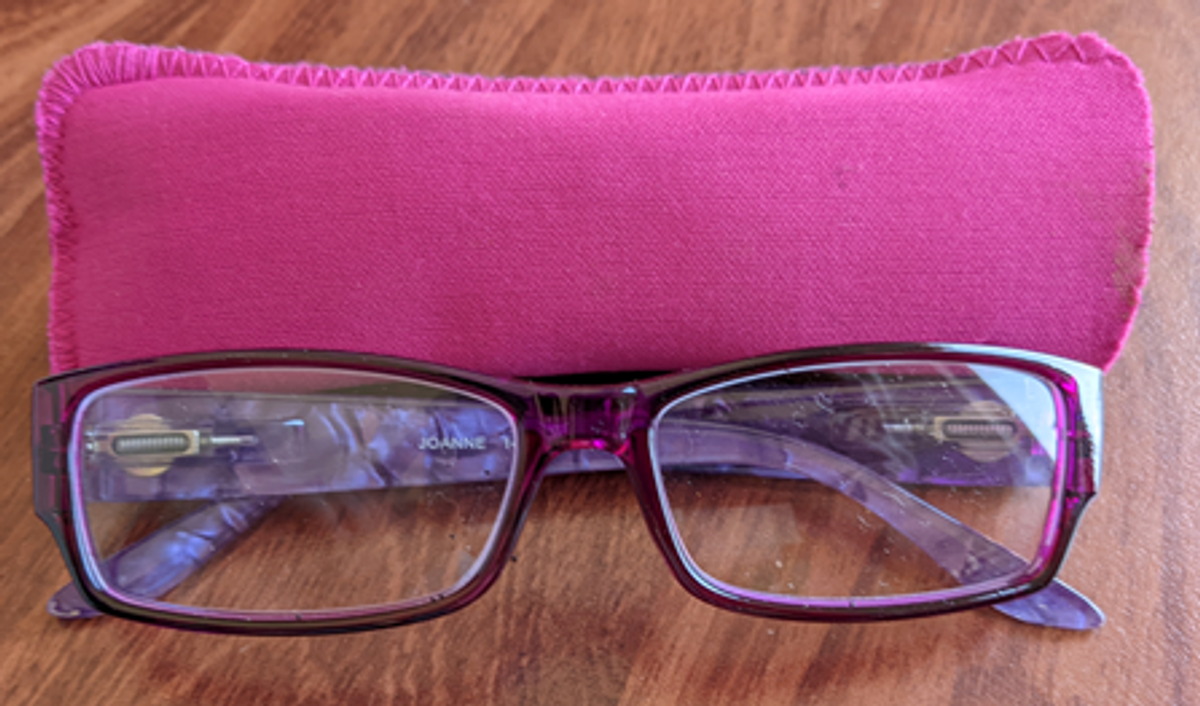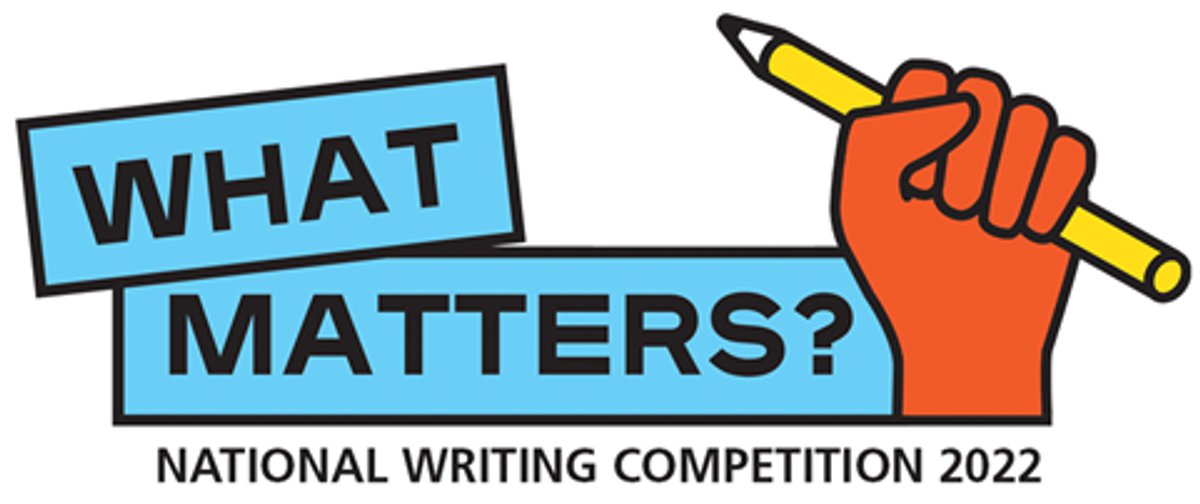From the
Head of Junior School
Mrs Denise Hayward

From the
Head of Junior School
Mrs Denise Hayward
The Masters review (2020) of the NSW school curriculum concluded with several recommendations related to building strong foundations in the early years. The review recommended that:
The NSW Government supported the following recommendations that related to mathematics specifically:
The review led to the release of the new K-2 Mathematics Syllabus with a focus on foundational numeracy skills. The Year 3-6 syllabus is currently in draft form.
In 2022, in supporting the implementation of the new syllabus and priority areas, the Junior School staff are collaborating with the AISNSW on a Primary Numeracy Project. This is a comprehensive professional learning experience with a focus on the explicit and systematic teaching of numeracy skills.
Over the course of the year staff will immerse themselves in looking at several different approaches in the teaching of mathematics. One of these is the Concrete-Visual-Abstract approach, an effective strategy for teaching all students to grasp numeracy, supporting them in the development of a strong number sense through the use of concrete materials. This approach uses physical and visual aids to assist students’ understanding of abstract concepts as teachers model concepts using concrete materials, allowing students to see mathematics in action. This leads to a greater ability to transfer knowledge across all areas of mathematics as students can make deeper connections with their learning.
Research has shown using concrete and visual tools during mathematics lessons supports students in older grades by scaffolding their thinking, diminishing these scaffolds from concrete to abstract. This helps to develop students’ conceptual understanding at any age. Educational researchers Richard Salingay and Denis Tan found in a 2018 study that secondary school students who were taught using the Concrete-Visual-Abstract approach had higher results and were more confident mathematicians than their peers who were not taught this way.
For many students, mathematics can appear like a foreign language, full of words and symbols, which have little meaning to them. According to researchers, Dr Linda Forbinger and Dr Wendy Fuchs, students who are successful in mathematics have a strong sense of what numbers mean.
“A numeracy rich environment promotes mathematical learning by students. Borrowing from the research regarding literacy education, where immersion in a literacy-rich environment is considered essential to promote learning, it is important students are immersed in a world of mathematics. As students see numbers and math-related materials throughout the classroom and participate in real-world, meaningful problem-solving opportunities, they begin to see the connection mathematics has to their own lives. Mathematics is no longer solely problems in a textbook, but it becomes something to ponder.” (Sammons et.al.)
“Just as our understanding of phonemic awareness has revolutionized the teaching of beginning reading, the influence of number sense on early math development and more complex mathematical thinking carries implications for instruction.” (Gersten & Chard, 1999)
Developing number sense is the first step for students to feel comfortable with maths and everyday calculation. The literature tells us students can begin to develop their number sense as young as two, confidently identifying one, two or three objects before they can actually count with understanding.
Cognitive neuro-psychology tells us humans are born with brain structures specifically attuned to numerical quantities (Griffin, 2004):
As teachers, we need to understand this developmental progression is what we can expect from the average child. But as we know there is no such thing as average in our classrooms and the curriculum is currently designed around stages not ages. Where our students are at in this progression is affected by hidden influences such as the age students start school and the introduction of formal maths instruction, as well as the age and grade level at which teachers introduce particular maths concepts (Griffin, 2004).
To build mathematical fluency in young students, we recognise different stages students go through as they develop number sense. We need to be able to spot misconceptions about counting and provide plenty of practice, so numbers become meaningful to our students. By identifying where students are, we are better able to provide learning experiences that are more relevant to specific student needs (Retrieved from http://blogs.sd38.bc.ca/sd38mathandscience/wp-content/uploads/sites/14/2017/03/Didax-Number-Sense-guide.pdf).
We look forward to sharing with you over the course of the year more approaches to learning in mathematics.


At Kinross Wolaroi we value and strive for academic rigor. Students have a myriad of opportunities to engage in enriching learning experiences which in some instances the School provides or facilitates student access to them. Please share with us your child’s interest, passions, and achievements by emailing junioroffice@kws.nsw.edu.au.
Janette was named Most Improved Dancer at the United Dance Project’s end of year concert. She works so hard attending five lessons of dance per week and we are really proud of her dedication. .


We have a number of lost, unnamed items currently stored at Junior School Reception. All named items are returned to class teachers. At the end of 2021 2 pairs of glasses were found. These may belong to your child.








Entries are now open for the 2022 What Matters? writing competition. Entries close Friday, 6 May 2022.
What Matters? is a 'catalyst for young thinkers and young writers to develop a perspective, a point of view, on where we're heading as a society'.
Inspired by Gough Whitlam's commitment to involving young people in the shaping of Australia's future, the What Matters? writing competition is currently open to school students in years 5 to 12 from Australia. Responding to the simple question 'what matters?', entrants are free to express their views on any matter they care about.